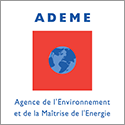#9 Construction with raw soil in Senegal
Construction21 - La rédaction
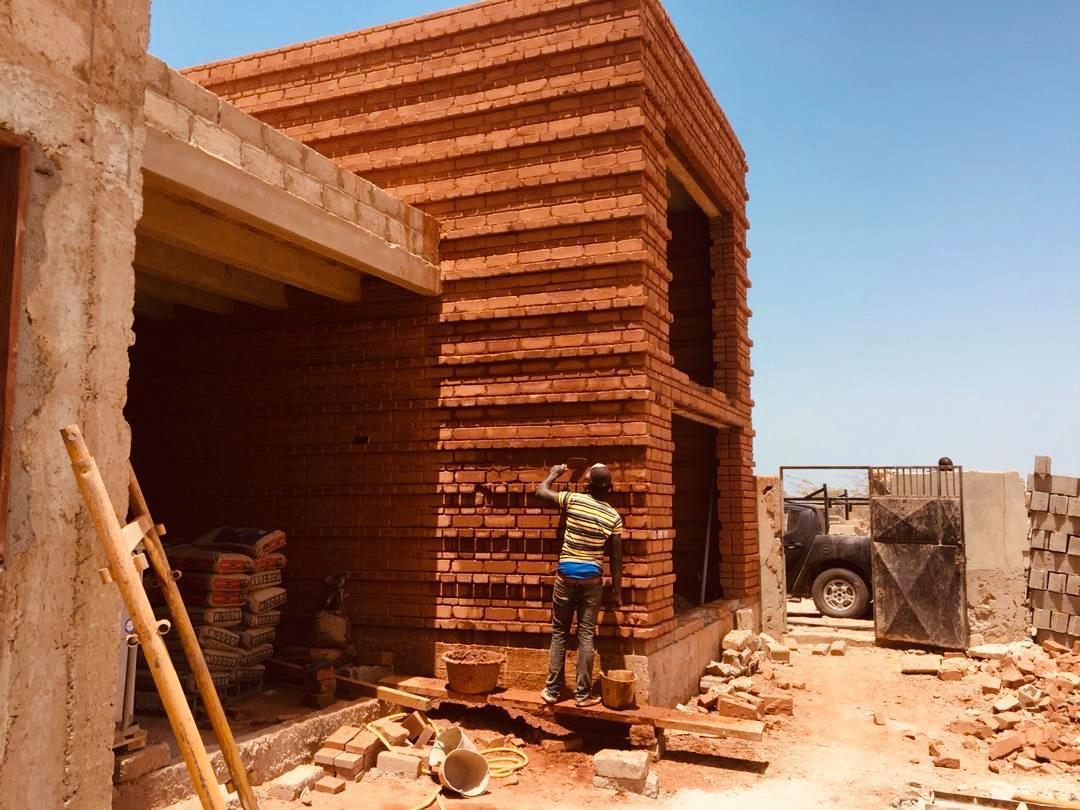
In Senegal, the construction sector is booming. Today, concrete is used on construction sites, but although it is produced locally and cheaply, it is very polluting. The global cement industry is responsible for 6% of all greenhouse gas emissions. However, architects and entrepreneurs want to build differently. They are inspired by the ancient houses made of raw soil and the revival of local know-how. This is the case with Worofila Architecture.
With a still dynamic local sector, as well as technical and thermal characteristics that make it one of the best construction materials in Senegal, raw soil has everything it takes to be successful. However, the coming years will probably be important for this ancestral and accessible construction technique to be perpetuated. Nicolas Rondet from Worofila Architecture looks back at these issues.
Is soil still a common building material?
Of course, today soil constructions still house 1/3 of the world's population! We will discuss technology later, but one of the questions to ask at the beginning is: how is it possible that this abundant material, used for millennia on all continents, is being replaced today, at a time of ecological awareness, by concrete, steel and glass?
Historically, the soil has always been important in construction. In Iraq or Yemen, there are earthen buildings several hundred years old, even thousands of years old, sometimes on several floors. In France, Belgium and Spain, soil was very present in construction until the 19th century, especially in wattle and daub.
On your side you use the CEB, what is it?
CEB - compressed earth brick - is a technique using a mixture of earth and can sometimes be stabilized with a cement-like binder. It is composed of dry elements (sand, earth and cement) very slightly moistened and then compressed. Drying is done under tarpaulin, out of direct sunlight and watered regularly.
This makes it possible to dispense with an external coating in some cases. In the CEB mixture, clay acts as a "binder", just like cement in concrete.
Soil can be combined with vegetable fibers (such as typha for example) to reinforce its insulating character.
Is compressed brick the only technique for processing raw soil?
No, there are other ways to use raw earth:
- Adobe brick, which is a mixture of clay, water and possibly optionally plants, wood chips, sawdust, hemp or animal hair. Molds of the required dimensions are filled with the resulting mixture and removed after a few days. Then comes the drying, which lasts about 15 days. The bricks are then masoned to make walls. This technique requires time and more manpower.
- The cob, consists in the construction of massive walls, often load-bearing, with a mixture of soil, water and plants and fibers (hairs) implemented by stacking clods in the plastic state without the help of formwork. The walls are made up of a succession of layers of so-called "raised" soil, generally about sixty centimeters high.
- Rammed earth is a process of building mud walls, compacted into a successive layered formwork with the help of a lady. It allows the construction of very solid load-bearing walls with strong sound insulation.
What are the advantages of raw soil construction?
The soil has an important place in the traditional Senegalese habitat. It is often used for walls and vaults. The inhabitants exploited it because it was a cheap and available material. But in reality, building in raw soil has many advantages that the inhabitants were not necessarily aware of.
- Raw soil construction has a very interesting environmental outcome. It is a renewable and even recyclable raw material, since it is not processed. The energy required for its manufacture is very low since no cooking is required. With a local supply chain in Mbour (about 90 km from Dakar), the impact of transport is very low. In comparison, raw soil uses only 3% of the energy used in a concrete construction.
- The soil in the house improves the comfort of the inhabitants. As a porous material, earth helps to regulate the relative humidity of a space. It has the ability to store water molecules when the air is humid and to release them when the air is drier, which allows for perfect health. The density of the soil being high, it contributes to the thermal inertia of the house, by playing a buffer role (storage and destocking of heat). This thermal phase shift is interesting in the Sahel, where the temperature difference between day and night is relatively large. Raw soil therefore diffuses the heat of the day during the night and vice versa. It can also contribute to the acoustic and aesthetic comfort of the home. Finally, the soil is fire-resistant.
- CEB is a reproducible and universal technique. Building with raw clay makes it possible to use the nearest material, the one under your feet, available almost everywhere in the world for a variety of uses. Moreover, since this technique does not require a lot of skills, it is still practiced by the local workforce, creating employment. In Iraq or Yemen, there are earthen buildings several hundred years old, even thousands of years old, sometimes on several floors. In France, Belgium and Spain, earth was very present in construction until the 19th century, especially in wattle and daub. Earthen buildings still house 1/3 of the world's population today!
- Soil is an adaptable material. Thanks to the clay (binder) it contains, it can be used for many purposes: mortar, plaster, filling brick, supporting brick, moulded, compacted, stacked, etc. The use of soil is compatible with other materials and techniques (wood framing, prefabrication, block construction, etc.).
All these technical qualities make mud houses a particularly comfortable and pleasant place to live. However, despite these advantages, the local sector is still struggling to expand in Senegal.
What are the reasons for this difficult development?
In Senegal, so-called modern construction techniques are on the rise. The country sees precarious houses made of sheet metal or cement growing in its countryside with premature use. And even if the sheets are not very suitable for heat and expensive, they represent an ideal for rural people. It is an infernal circle that weakens the populations and keeps the country dependent on imports.
Local populations tend to lose this know-how of working the soil. Very beautiful examples of earth construction remain and are maintained in Casamance for example.
One of the major challenges is to enable the Senegalese population to appropriate the soil material, which is an available material, competitive in terms of price with concrete and providing unequalled thermal comfort.
The soil is very modern nowadays and the fact that the soil has been used for thousands of years should not be an argument against it!
Contrary to popular belief, clay is a material that is very resistant to the effects of time if it is well protected from the rain, clay being an excellent binder.
To do this, the design must be adapted to the soil material. This involves keeping the walls at a distance from the ground using a masonry base (to avoid rising dampness by capillary action) and a roof with large overhangs (in a rainy environment).
Raw soil is more relevant than ever. It is perfectly in line with an ecological and ethical construction approach. It is a building material that future architects will need to better identify and use in order to increase its use around the world.
Note on the actors involved in Senegal:
Worofila is a collective founded in 2016, constituted d´architectes and of engineers-contractors specialized in earth construction. Based in Senegal and France, its main mission is the design and construction of green buildings in Senegal.
Its main partner for the realization of its projects is Elementerre, a construction company specialized in earth construction systems.
CRAterre is a world reference in the field of Earthen Architecture. It is now committed to improving and disseminating knowledge and good practices at the international level.
Finally, the Voûte Nubienne is an association that contributes to the reversal of the housing problem for the greatest number of people in Africa, by promoting the development of an adapted housing market, through the dissemination of the Voûte Nubienne technical concept, which is an earth construction method.
Moreover, the Diamniadio earth-typha eco-pavilion was designed by CRAterre, built by Elementerre, while Worofila was in charge of monitoring the work.
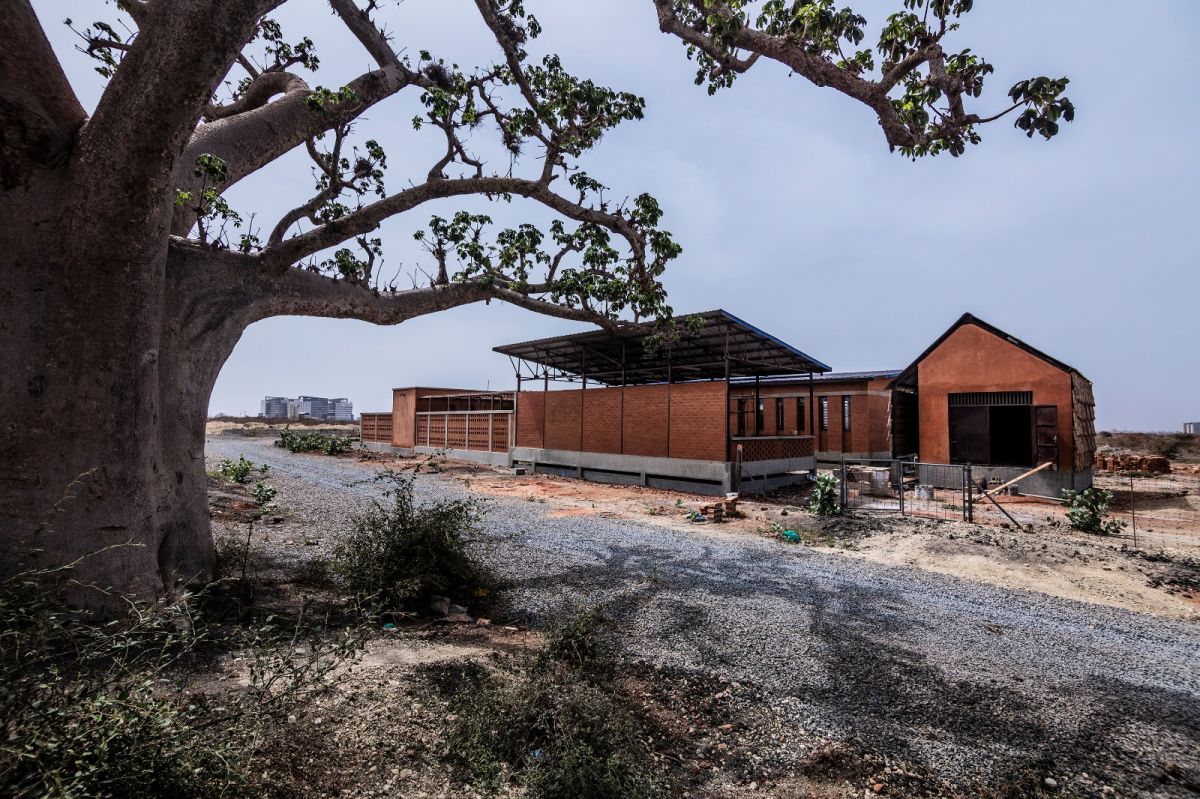
- Diamniadio's earth-typha eco-pavilion (Project owner: Ministry of the Environment of Senegal, Design: CraTerre, Company: #Elementerre, works supervision: Worofila)
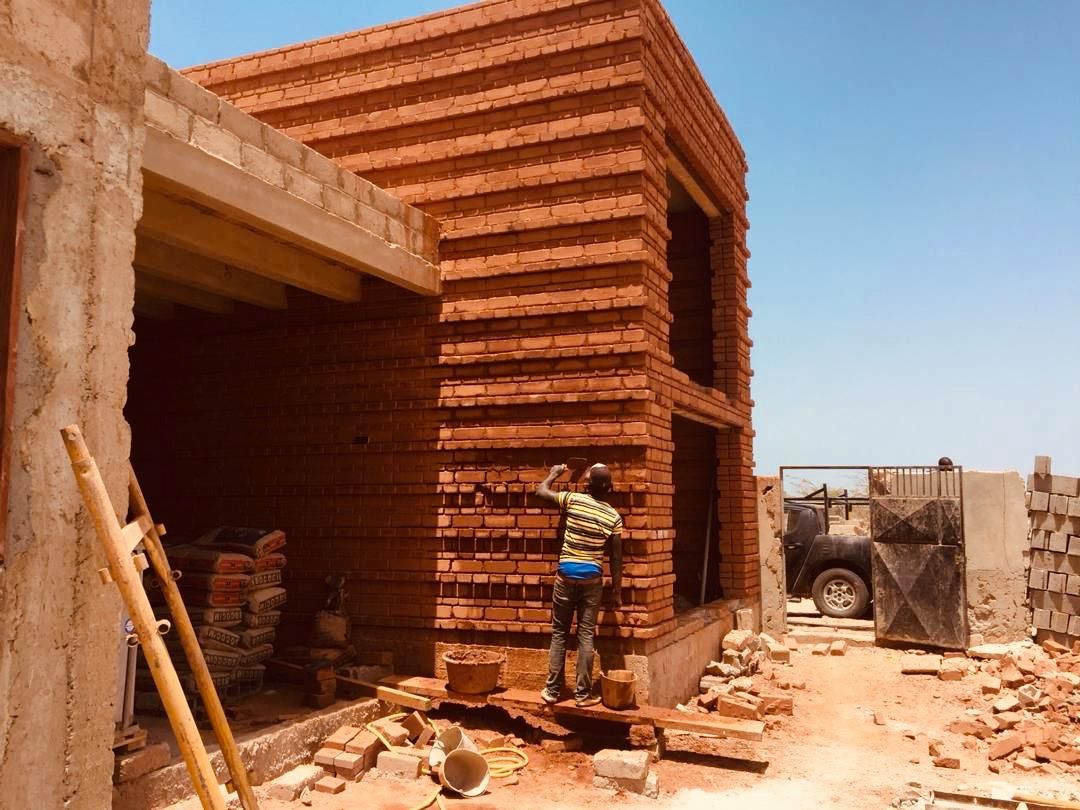
- Construction of a villa in Sindou in BTC, insulation in earth-typha (Owner: private, Project manager: Worofila)
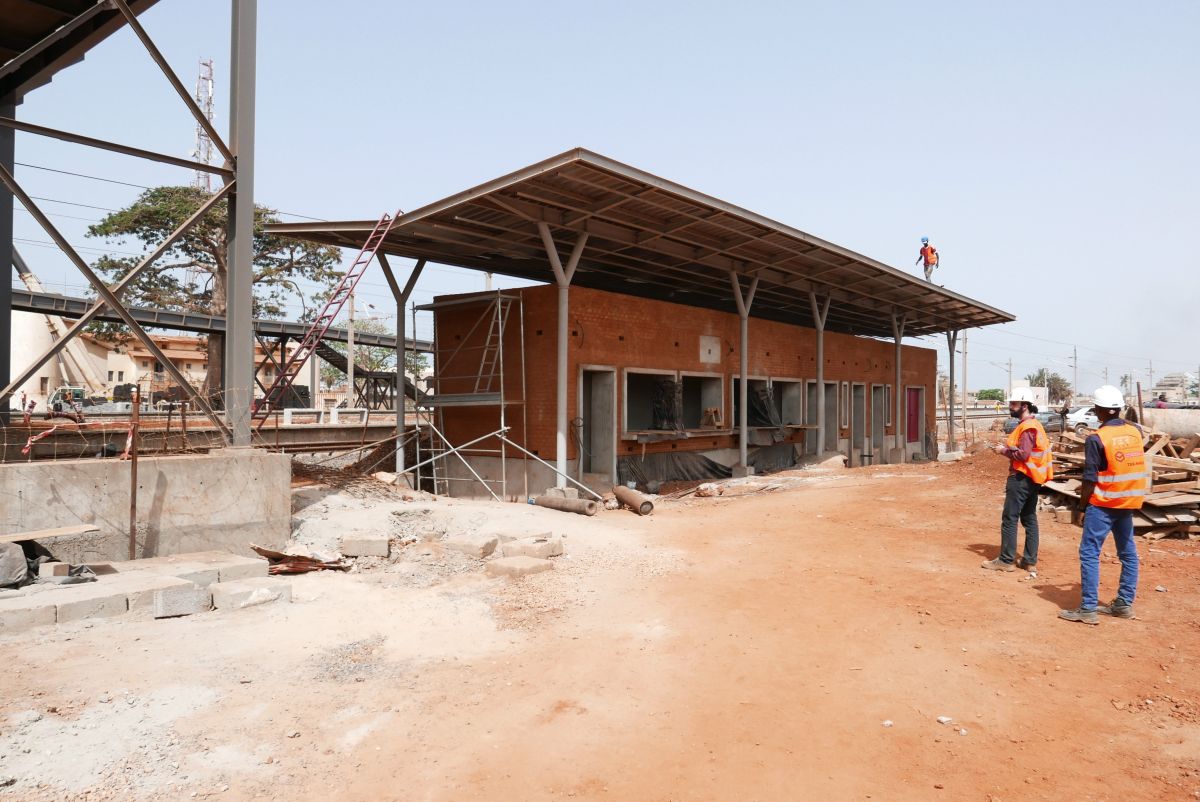
- The stations of the Dakar-AIBD TER lines in CEB (Contracting authority: State of Senegal - APIX, Assistant Contracting Authority: Systra, Contracting authority: SETEC / AREP / GA2D - Worofila (design and monitoring of building sites) / DTA (technical lots), Company: Sertem)

Consult the previous article:: #8 The use of typha in Senegal, interview with Ernest Dione




